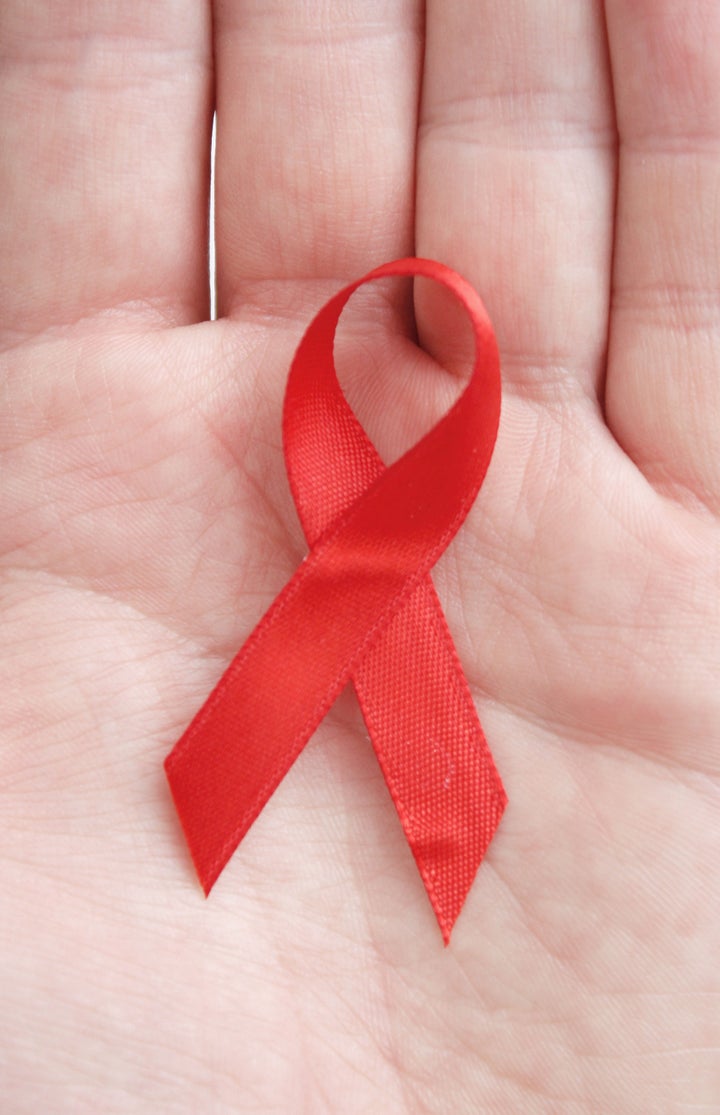
This year marks the 10th anniversary of the Global Fund to Fight AIDS, Tuberculosis and Malaria, the world's most powerful tool in the fight against the three pandemics. Since 2002, the Global Fund has saved and improved millions of lives.
Just days ago, the Board of the Global Fund convened in Geneva, Switzerland, for its 26th meeting -- the first since the arrival of its new General Manager, Gabriel Jaramillo. The tone was one of hope and change.
The Board discussed progress to date on the current transformation of the Global Fund from emergency response to long-term sustainability. This is being accomplished chiefly through the Consolidated Transformation Plan, a roadmap for executing the recommendations of an independent high-level Panel that reviewed the Global Fund's practices from top to bottom last year.
The Global Fund has moved swiftly to implement these recommendations, which seek to strengthen grants management, focus on the countries with the highest burden of disease, reform the Global Fund's governance structure and enhance its gold standard transparency and accountability measures.
Many of the improvements have already been accomplished or are well under way. Of the more than 160 deliverables in the transformation plan, 35 percent have already been completed -- and the Global Fund is on track to complete the entire plan by the end of this year.
At the Board meeting in Geneva, the Global Fund announced a significantly improved financial forecast that demonstrates that new leadership and rapid change are already strengthening the organization. Now, even with a careful reserve set aside, the Global Fund can direct available funding to high-impact, urgently needed programs that save lives, speeding implementation of its ambitious strategy.
I had the pleasure of meeting Gabriel Jaramillo in person last month, and it's no surprise to me that so much has been accomplished so quickly. He has more than 35 years of experience in the international financial sector, including more than 20 years as a chief executive officer, and he served on the independent the high-level Panel last year. I was particularly impressed with Gabriel's decisive nature and brass-tacks approach, combined with a personal commitment to helping the world's poorest and most vulnerable. As the Global Fund works to stretch every dollar even further in a tough economy, the right hands are navigating its transition to greater efficiency and effectiveness.
The Global Fund Board meeting came at a particularly relevant moment for U.S. lawmakers, as Congress begins consideration of the fiscal year 2013 funding levels for foreign aid, including global health. In February, President Obama requested $1.65 billion for the Global Fund in his budget for FY2013, a strong signal of commitment to the administration's pledge of $4 billion to the Global Fund over three years.
And just last week, the House Appropriations Subcommittee on State, Foreign Operations and Related Programs approved its FY2013 bill, which includes $5.54 billion for State Department global health programs, including the President's Emergency Plan for AIDS Relief (PEPFAR) and the Global Fund. This signals the Subcommittee's strong bipartisan commitment to -- and confidence in -- our global health investments. The Senate is also expected to act very soon to provide urgently needed funding for global health.
It's essential to remember that all of our foreign aid accounts for less than 1 percent of the federal budget, and improvements at the Global Fund will continue to increase the already strong return on U.S. investment in Global Fund-supported programs, which work in 150 countries to save more than 100,000 lives per month. Moreover, there is a growing bipartisan consensus that global health programs aren't just a humanitarian gesture on the part of the United States -- they also contribute significantly to our own security and our own economy.
Americans have every reason to be proud of their role in the Global Fund's successes to date. In fact, U.S. leadership leverages the support of other nations. For every $1 contributed by the U.S., the Global Fund leverages more than $2 from other donors worldwide. Strong funding from all donors is critical to ensure that the Global Fund can continue to reach those in need of lifesaving services -- and that the successes of the past decade are not rolled back. So much can be done with so little, and the U.S. government can't afford to shortchange programs that work -- and that save and improve the lives of so many.
The Global Fund started a decade ago as an incredibly effective emergency response to the crises of AIDS, tuberculosis and malaria. Now, it is rapidly embracing key changes that create the preconditions for even greater success in the decade ahead. With PEPFAR and other bilateral partners, U.S. support for the Global Fund can be America's greatest global health legacy.